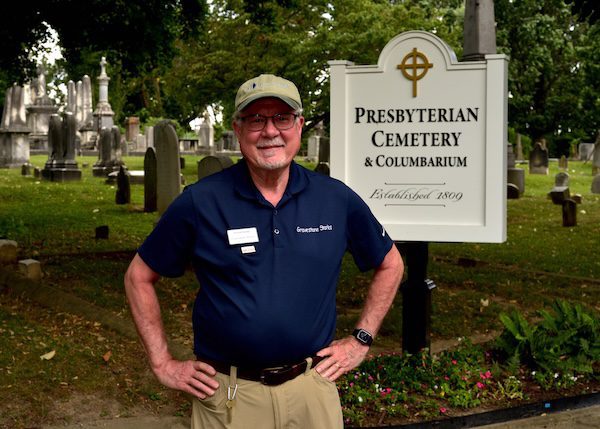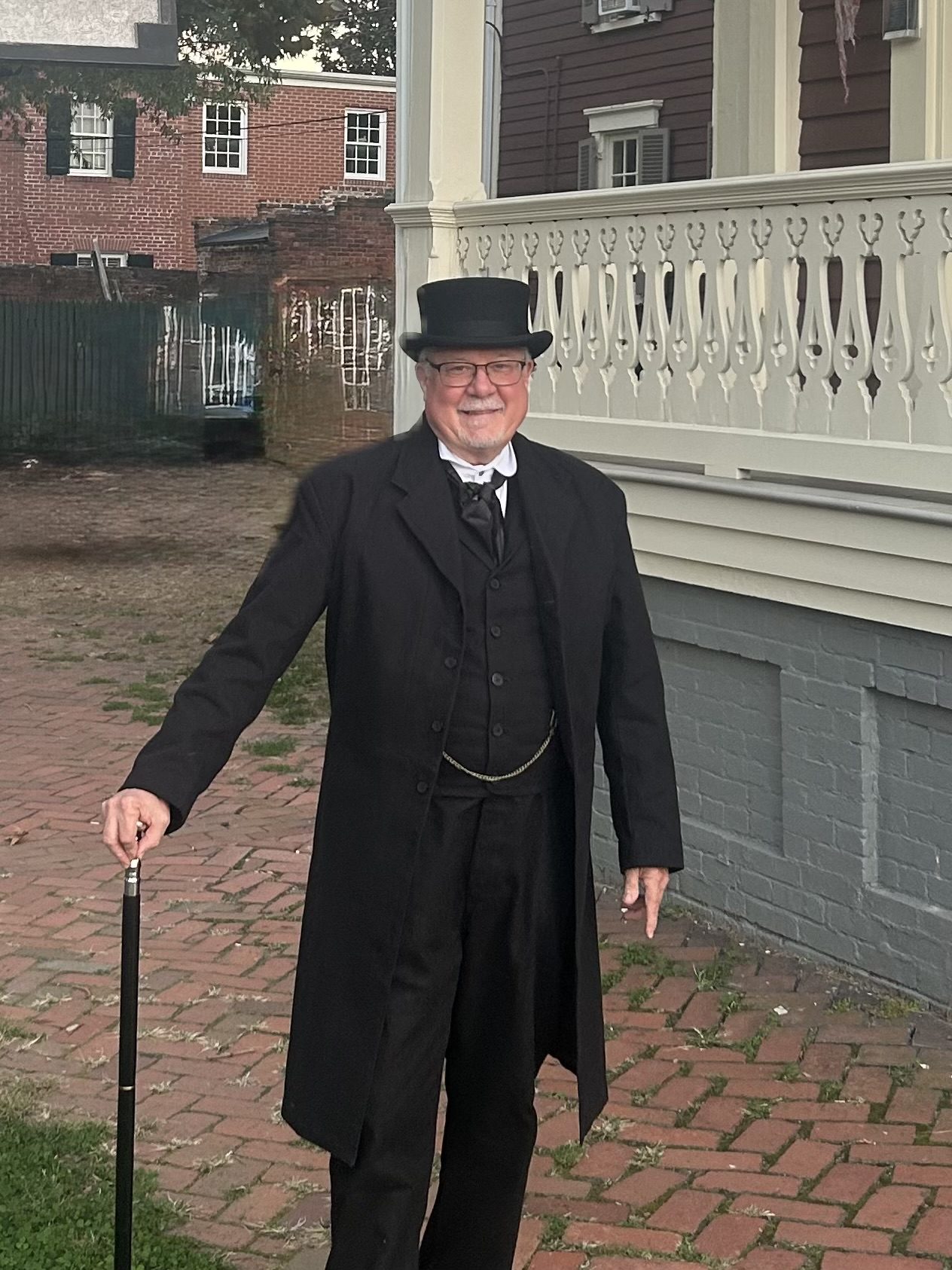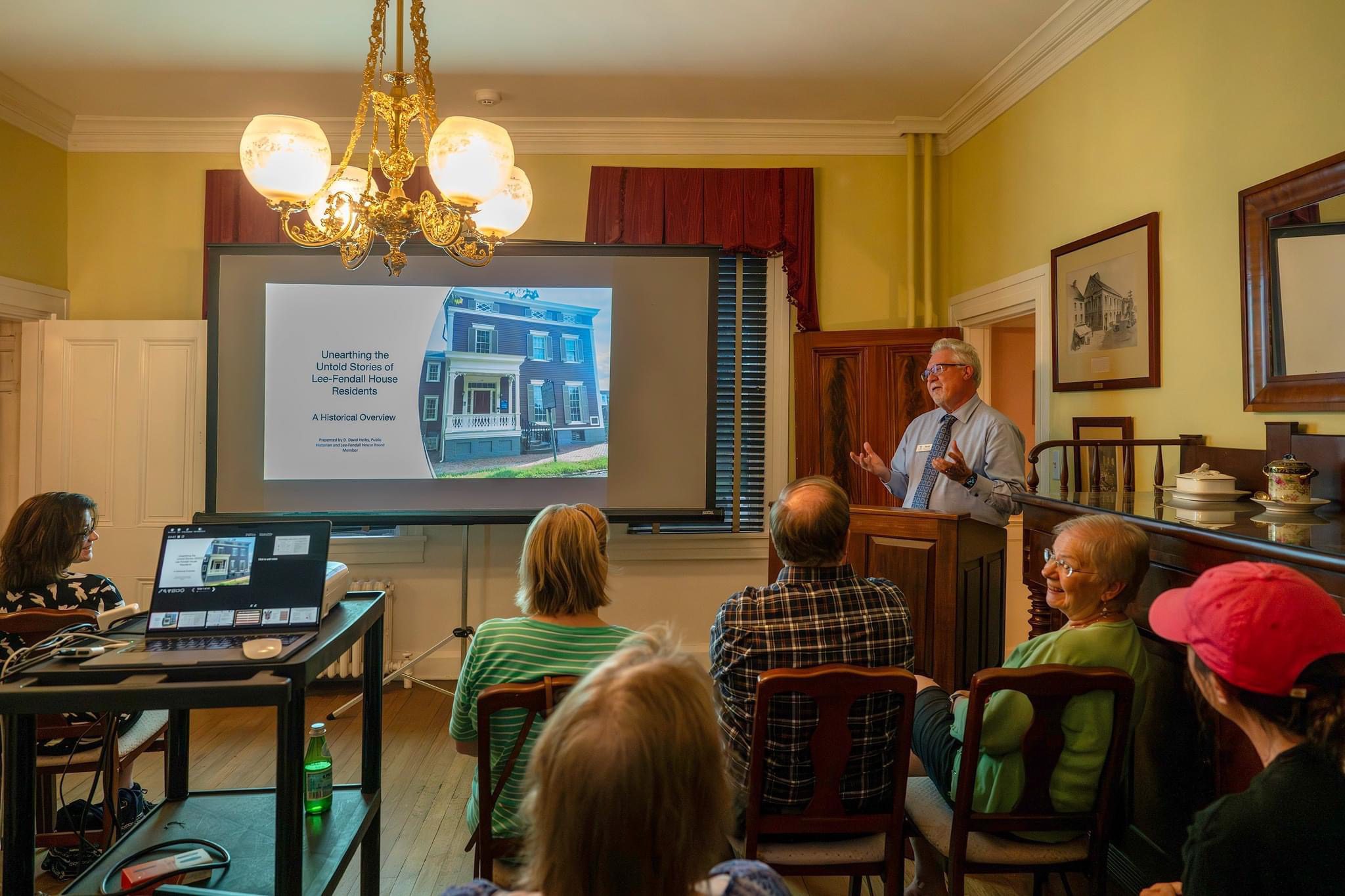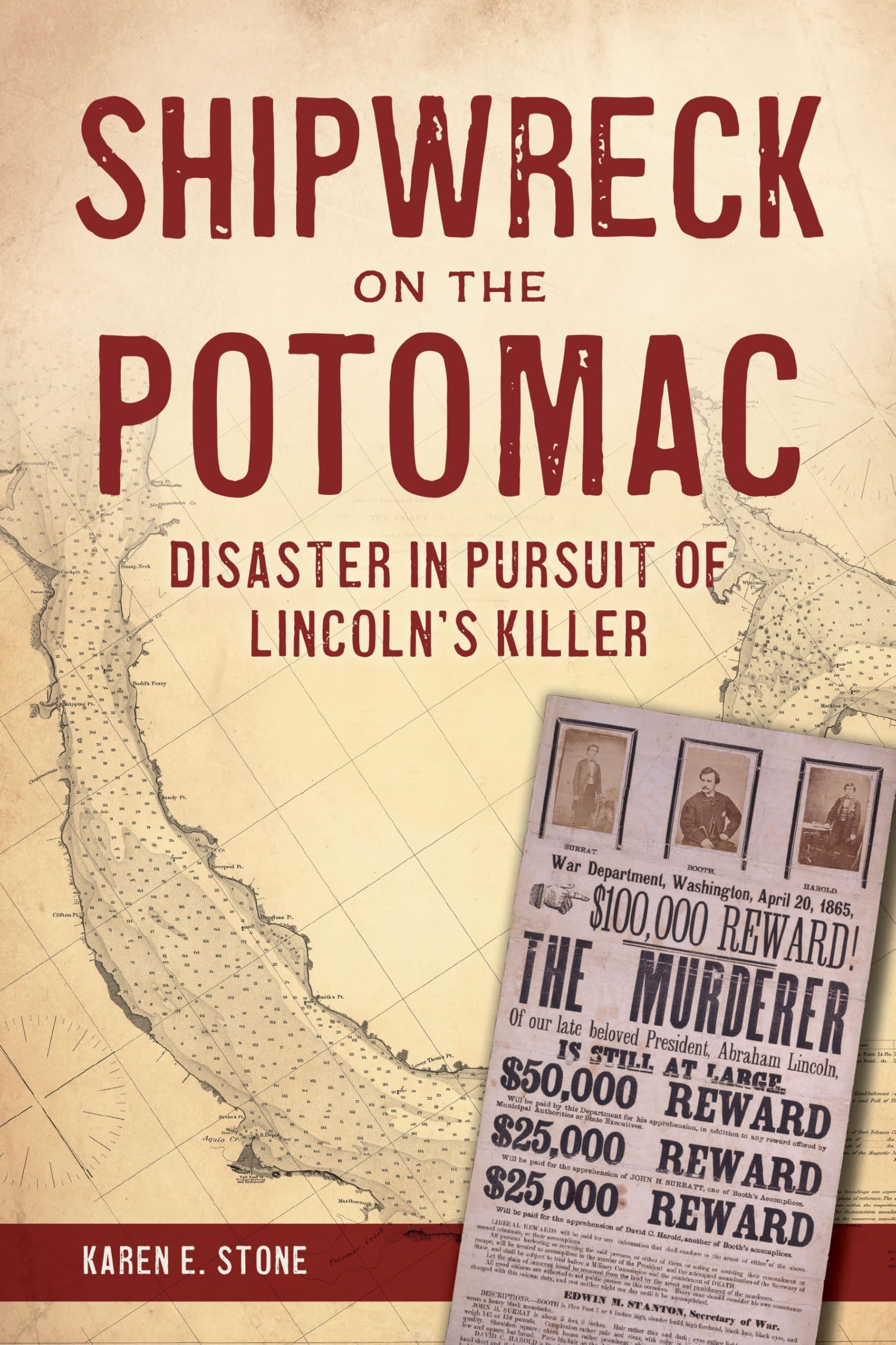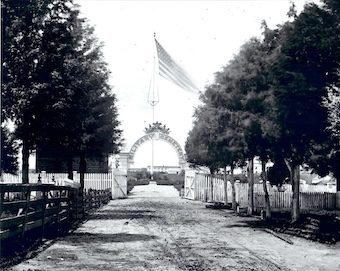Historic Context
Penny Hill Cemetery was established in 1796 as Alexandria’s public burial ground, serving the community for more than 180 years.
Its first location lay along the banks of Great Hunting Creek, at the end of what is now South Royal Street. The origin of its name is uncertain, though some evidence suggests a connection to Pennyhill Park in Bagshot, Surrey, England—a site once used as a warning beacon during the defense against the Spanish Armada in 1588. Because the original site was subject to tidal flooding that often exposed coffins and bodies, the cemetery was relocated in 1796 to land at Spring Garden Farms, where it became the town’s main community graveyard.

Over time, Penny Hill became the final resting place for the city’s poor, destitute, and marginalized populations. Although more than 1,800 individuals were buried there—most in unmarked graves—only a handful of gravestones survive today. Visitors can sometimes find oyster shells marking grave sites, a tradition within African American burials that symbolized the soul’s journey back to Africa: just as the sea had brought them in bondage, so too would it return them in death.
Reverend James Muir recorded that 120 victims of the 1803 Yellow Fever epidemic were buried at Penny Hill. Before the establishment of the Contrabands and Freedmen Cemetery in 1864, Penny Hill also served as a burial ground for formerly enslaved people and “contrabands” who died in Alexandria during the Civil War.
Today, only traces remain of Penny Hill, but its landscape continues to hold symbolic meaning. A surviving Black Cherry tree (Prunus serotina) has been recognized as a Notable Champion Tree (CC) with a registry score of 242, reflecting its impressive girth, height, and crown spread.
Joseph McCoy (Date of Death April 23, 1897) Lynching Victim
Joseph McCoy, a young African American, was lynched by a white mob in Alexandria on April 23, 1897. After two violent attempts to storm the police station where he was held, the mob succeeded in dragging him from his cell. McCoy was shot, beaten, and hanged from a lamppost at Cameron and Lee Streets. His aunt, refusing to take responsibility for the burial, declared: “As the people killed him, they will have to bury him.” McCoy was interred in a pauper’s grave at Penny Hill, dressed in a simple white shirt, light trousers, and a dark coat, inside a pine coffin provided by the city.
Benjamin Thomas (Date of death August 8, 1899) Lynching Victim
Two years later, another Black teenager, Benjamin Thomas, was lynched at age 16. Dragged through the streets by a mob from the city jail, he was beaten, stabbed, and hanged at the corner of King and Fairfax Streets, within sight of City Hall. His pleas for his mother echoed as the violence unfolded. After a funeral at Shiloh Baptist Church, Thomas was buried at Penny Hill. Later attempts by the Black community to reinter him at Douglass Cemetery remain unverified, and the exact location of his grave is unknown.
These tragic events mark Penny Hill as not only Alexandria’s earliest public cemetery but also a witness to the city’s darkest racial violence.
Sources of Information
City of Alexandria. (n.d.). Joseph McCoy historical marker. City of Alexandria, VA. https://www.alexandriava.gov
City of Alexandria. (n.d.). Benjamin Thomas historical marker. City of Alexandria, VA. https://www.alexandriava.gov
City of Alexandria. (n.d.). Alexandria Black history resources. City of Alexandria, VA. https://www.alexandriava.gov
Muir, J. (n.d.). Records of the Presbyterian Meeting House [Manuscript]. Old Presbyterian Meeting House Archives, Alexandria, VA.
Pippenger, W. E. (1992). Tombstone inscriptions of Alexandria, Virginia (Vol. 1–3). Family Line Publications.
